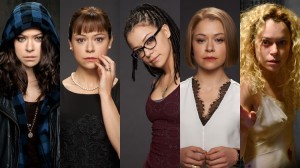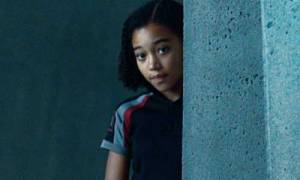Tags
academic conference, graduate students, higher education, MLA, tenure-track professors, University Professors
It’s that time of year, when scholars from around the world gather to share their work and test their intellectual mettle at the annual Modern Language Association conference, which will take place this year in Vancouver from January 8-11. Ideas will be exchanged; networking will take place; and a select few will interview for a handful of coveted tenure-track jobs.
But it will take more than simply encyclopedic knowledge of all of Shakespeare’s neologisms, Marxist ruminations about The Wire, or a good undergraduate syllabus to land a job. For candidates who have made the short list (in my experience 10-14 candidates out of 400 applicants), knowledge, intellectual originality, and, in all likelihood, academic pedigree, along with a few killer letters of recommendation, may not be enough to land an on-campus visit.
 Sometimes it’s not about who or what you know or how well you can express it or even where you went to school. Sometimes it’s about what you wear. Disappointing, I know. We like to believe that as academics, none of that matters or should matter, but trust me. It does.
Sometimes it’s not about who or what you know or how well you can express it or even where you went to school. Sometimes it’s about what you wear. Disappointing, I know. We like to believe that as academics, none of that matters or should matter, but trust me. It does.
Previous articles about sartorial splendor prior to MLA have focused on job candidates showing up inappropriately outfitted in prom dresses, sequins, or spandex. Though most of the offenses appear to be related to women, men are not excluded from making poor wardrobe choices, albeit they are certainly given more latitude for doing so.
With everything there is to worry about and all of the unreasonable expenses related to traveling to one conference with so much riding on the outcome of 50 minutes in a hotel room, every second with the committee counts, and it starts with what you are wearing. This is not about how much money one spends. It’s about being professional and confident.
As Capital stylist Cinna tells Katniss Everdeen, my objective is “to help you make an impression.”
A suit is best. But a skirt and blouse, jacket and slacks, jeans, button down, and a sports coat, all are appropriate. No one expects a job candidate, especially one who is still a graduate student, to show up in a Hugo Boss suit or pair of Prada shoes, though I have seen both. Neither got the job. Taking a few minutes to iron a shirt or applying a layer of shoe polish is more important than any designer label.
Choice of clothing can also distinguish a candidate from his or her peers. After eight interviews back-to-back, the truth of the matter is that people and what they say start to blur and blend together. After fourteen interviews, everything gets jumbled, including distinctions among candidates. A short hand can develop for referencing job candidates, including alma mater, area of study, and, yes, even clothing. Rumpled is not how one wants to be remembered.
One year, when the MLA was held in DC, I remember riding the train in from Silver Springs. I was wearing jeans, a sweatshirt, an oversized green all-weather hooded coat, and hiking boots. My garment bag was thrown over my shoulder. I knew well enough that there were too many coffee, mud, schmutz variables between my departure and final arrival points to chance wearing my actual interview suit on the train.
The station was a ten-minute walk from the interview location, and I had plenty of time to change clothes, assess the elevator traffic, and stake out the floor and room situations before meeting what I hoped would be my future colleagues.
After confirming with the hotel bag check that I could leave my items with them, I made my way to the ladies restroom off the main lobby. As I entered, 25-30 clones in ostensibly identical fitted suits, sophisticated shells, edgy shoes, and leather satchels with a few Armani eyeglass frames sprinkled here and there greeted me with a piercing appraisal.
Undaunted, I excused and pardoned my way through the crowd into a stall, where I began my own transformation. After exchanging jeans and boots for a wool-silk blend suit and booties, both purchased at a thrift store, I exited the stall, setting off a chain reaction.
One by one, all heads turned to look at me in my lilac suit. The reactions varied from dismay to disdain, but even those who snickered at my apparel could not hide the unease caused by the realization that they were one multiplied ad infinitum in a hotel bathroom.
Polonius says, “apparel oft proclaims the man.” I agree; after all I got the job. Did I get it because of what I was wearing? I should hope not, but what I was wearing made me feel comfortable and confident. It helped put me at ease, allowing me to demonstrate my expertise and convey how I might be a good future colleague.
In such a competitive market, where article placement, conference presentations, and awards are deemed most important, attending to one’s appearance might seem inconsequential. It isn’t. Your professional future may depend on it.














